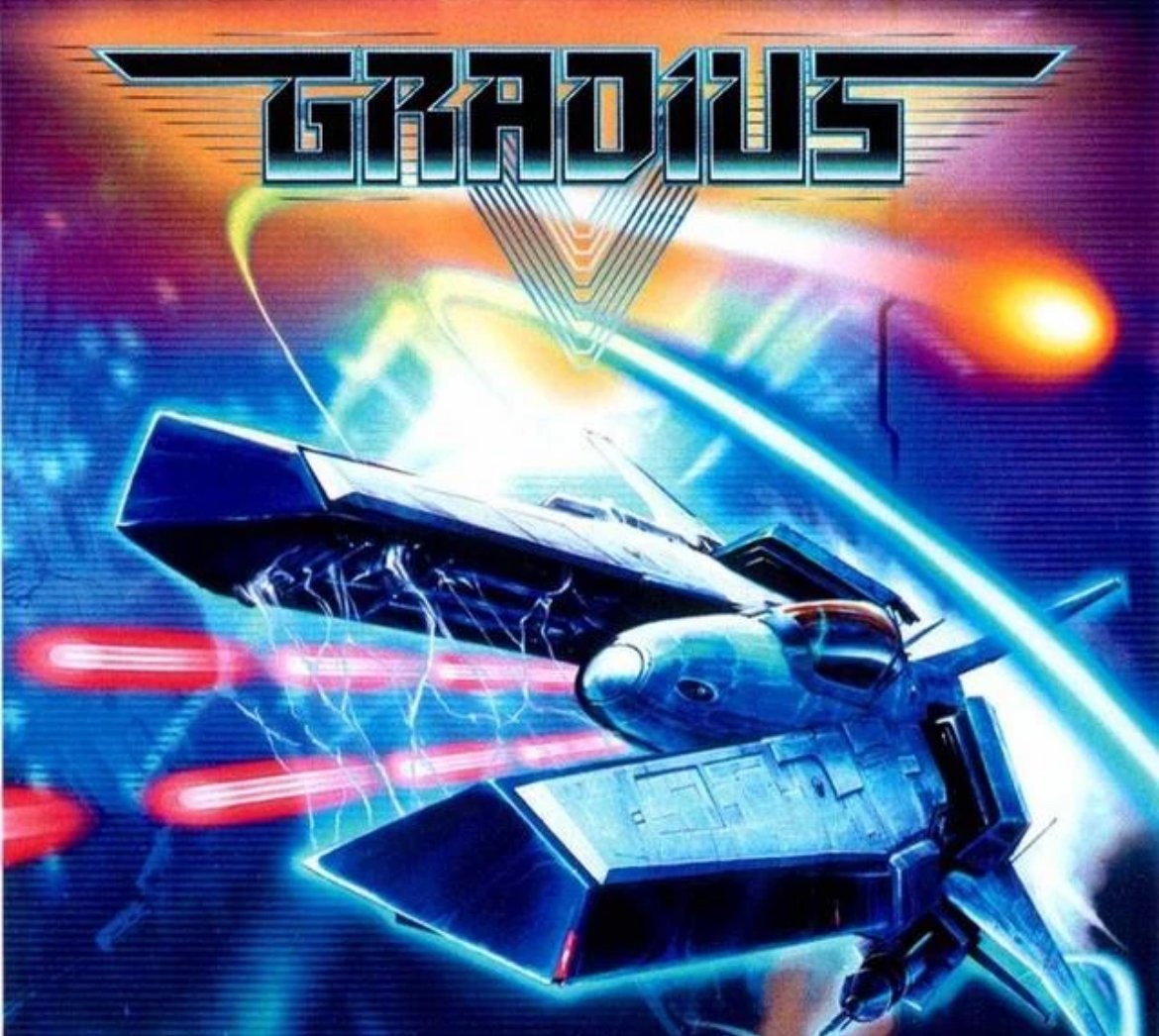I spent the best part of 14 months deciding which engine to use. I had a lot of prop assets to make anyway so I could take my time with my choice. There was very plausible reasons to choose each engine for very different reasons.
Unreal Engine 5
Main reason to consider this engine was the artist workflow. I love that it works almost the same as Maya or Blender. I simply setup my scene and light it. I can then rely on the renderer to sort out shadows, ambient occlusion, global illumination etc. No need to bake shadow maps, global illumination etc. I can easily iterate on the art without worrying about re-baking the lighting each time which can take days to sort out. This work flow does come at a very high price for me. I’d be locked to mid to high end PC specs, PS5 and Xbox Series X/S. Not a bad thing, but as a first time indie dev I need a large customer base to hopefully succeed. I would like to launch on Nintendo Switch and Mobile if possible without too much compromise. If I chose unreal I’d have to give up on a Switch launch.
Unity
This was going to be the engine I chose. It’s widely supported. Loads of learning resources and a wealth of Unity developers if I need to hire some help. Many friends of mine are Unity developers so I’d feel very empowered to go down this path. Unfortunately the recent Unity fees made me reconsider. This doesn’t take away from how good the tool is. It has a proven track record of producing quality games and experiences for talented studios around the world. A lot of my favourite devs use it. Maybe I’ll need to use it some day for another project, who knows.
The Unity fee changes have been reversed after the massive backlash which is a good thing. The trust is broken and it’s only a matter of time before something similar comes a long. Next time the changes will be legally iron clad for sure. I don’t like my fate being at the mercy of someone else if I can avoid it. I feel my investment is better else where even if it’s difficult at the beginning.
Godot
The hardest path for sure. If I go this path there’s very little help out there in comparison to Unity. Fun thing is that out of all three engines I felt most comfortable in Godot. I initially had a play with Godot with version 3.5. What I quickly found out was the render engine could not replicate my tests in Marmoset Tool Bag. Although I loved the work flow it wasn’t viable. I looked into further updates that could improve the render engine in Godot. A lot of what i wanted was coming in version 4.0 but there wasn’t a concrete release date. Since I had a lot of artwork to do, I simply kicked the can down the road. I froze my decision on my game engine choice until 2023 in late 2021. Around the same time I just started a new job and that tied up my free time largely until April 2023. I was able to carve out an evening here and there to do more asset creation. Not enough consistent time to learn a game engine and the scripting language. Over the period of time I decided to go down the path of Unity. As they had more learning resources and I had people i could ask for help. Even though I felt more comfortable with Godot.
Then the Unity fee fiasco happened and I suddenly had to re-evaluate my choice. In the short term the fee situation would not effect me at all. For me I like to hope for the best but plan for the worst. In the short term. It’ll be hard going if I use Godot. In the long run my studios financial future would be stronger. The last time I chose what was comfortable for me over what other said was learning Maya over 3D Studio Max or Softimage. Turned out to be the right way to go. Maya has its problems but I’ve made a successful career out of learning it. I don’t see why Godot will be any different.









